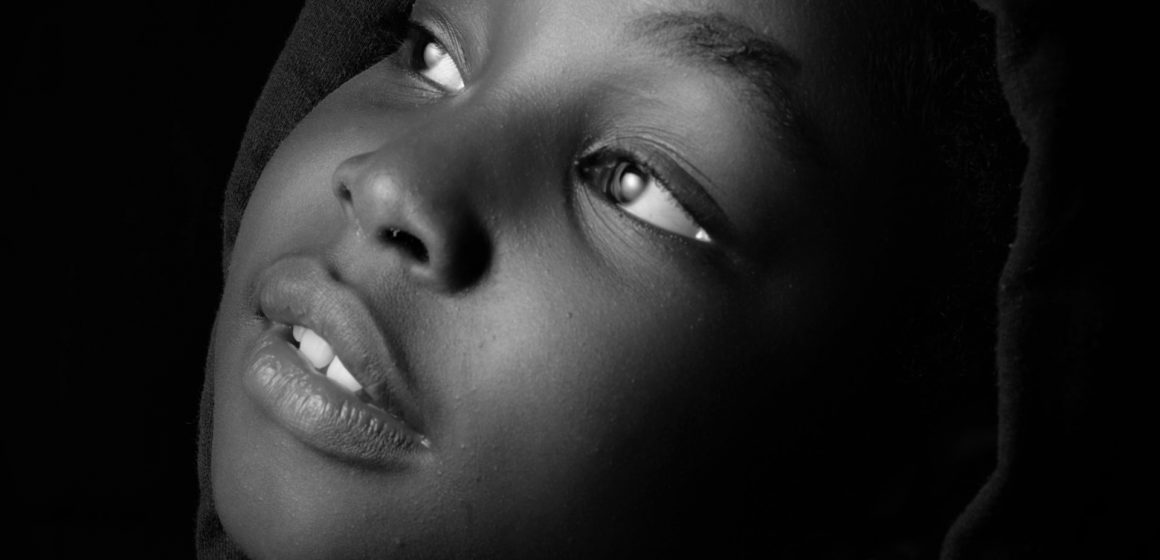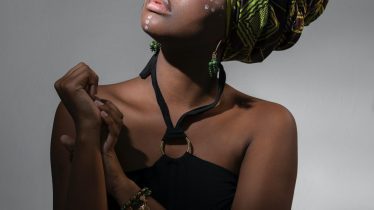Day of the African Child
Sarafina, the movie by Mbongeni Ngema, is one beautiful piece that tells a compelling, sad, and yet empowering story. Many have watched it countless times but still have little knowledge or appreciation of what it is all about and what inspired its production. Of the unfortunate real-life events that took place many years ago, the pain and sacrifice of a few young brave men and women, and how their heroic actions continue to impact present and future generations across continents.
During the apartheid period in South Africa, there was extensive segregation based on race.
Education was one area that was significantly affected. There were separate schools for ‘blacks’ and for ‘whites’. Unlike their counterparts who were allowed to use their mother tongue in school, the main languages of instruction for all major subjects for ‘black’ learners were Afrikaans (preferred the Dutch language), and English languages. Native African languages could only be used in teaching CRE, Music, and Physical Education. This meant that the ‘black’ children had to first learn the new languages in order to understand the school curriculum.
The ‘black’ children felt that this was unjust and on 16 th June 1976, about ten thousand (10,000) high school learners from different Schools in Soweto, South Africa took to the streets to protest against the biased and inferior quality of their education. They demanded fair treatment, including being taught in their indigenous languages. The children marched in a column that was more than half a mile long.
The children were, unfortunately, brutally attacked by the police, beaten, and even shot at. Many died, others were badly hurt, and yet others were detained. The incident shook the world and drew a lot of criticism and protests from people and organizations alike. These high school student-led protests of 1976 are also referred to as the Soweto Uprising.
Establishment of the Day of the African Child
In 1991, the African Union (then Organization of African Unity – OAU) member states met and resolved to establish the Day of the African Child (DAC), which would be celebrated each year on the 16 th of June. On this day, people and institutions unite to;
remember the brave children of Soweto SA, and other children that face similar injustices
celebrate the gains registered in subsequent years in the area of child protection, and explore challenges faced by children in Africa to find better ways of dealing with them.
Agenda 2040: Fostering an Africa that is fit for children
Both United Nations (UN) and African Union (AU) promote child protection through the Convention on the Rights of the Child (CRC), and The African Charter on the Rights and Welfare of the Child (ACRWC) respectively. These are agreements by countries that have promised to protect children’s rights. They explain who children are, what their rights are, and the responsibilities of governments and other caregivers. Our Country Kenya is a member of both organizations. AU has tasked the African Committee of Experts on the Rights and Welfare of the Child (ACERWC) with promoting and protecting the rights enshrined in the African Charter on the Rights and Welfare of the Child (ACRWC). The Committee manages program information and records, develops and interprets guiding principles and rules, monitors implementation, supports stakeholders and co-ordinates their interactions, among other responsibilities.
In the year 2016, ACERWC launched a 25-year agenda to promote the protection of children’s rights, also known as Agenda 2040: Fostering an Africa that is fit for children. It sets out ten (10) aspirations to be adopted by member states and achieved by the year 2040. Each year, the Day of the African child is celebrated under a special theme that helps to promote the attainment of these aspirations.
Below is a summary of the ten (10) aspirations:
- The African Children’s Charter provides a continental framework for advancing children’s rights. It helps member states to appreciate potential actions for ease of delivery.
- To develop and execute child-friendly legislation, policies, and institutional frameworks at the national level.
- Register and maintain a proper record of every child’s birth and other vital statistics.
- Take appropriate action to ensure that every child lives, survives, and enjoys a healthy childhood.
- Ensure that children get their basic needs for proper growth including food, shelter, clothing, and other needs.
- Ensure useful and quality education for every child.
- Protect every child against violence, exploitation, neglect, and abuse.
- Ensure that the criminal system is child-sensitive.
- Take all necessary action to protect every child from wars, disasters, or emergency situations.
- Ensure equitable/fair opportunities for all children, and allow them to voice their opinions.
Member states are tasked with the implementation of the above ten aspirations in their respective countries. They use different methods which include but are not limited to; constitutional amendments, national and community awareness programs, mainstreaming policies and processes, as well as other supporting actions through appropriate development and advocacy partners.
Some countries have made strides in the implementation of the Agenda 2040. You can find reports by country at https://www.acerwc.africa/concluding-observations/.
Delivering Agenda 2040
The ten (10) aspirations are long-term strategies that member states can commit to, to facilitate upholding and protection of children’s rights in Africa. Delivery is a gradual process with the main goal being to restore the dignity of the African child. You can contribute to the achievement of Agenda 2040 in your own special way. From observing child safeguarding standards to supporting related initiatives through advocacy, resourcing, innovation, awareness, empowerment, and reporting actions among others. The choice is yours.
M. Wesonga (Mrs) is an educator and Safeguarding Children Officer.


